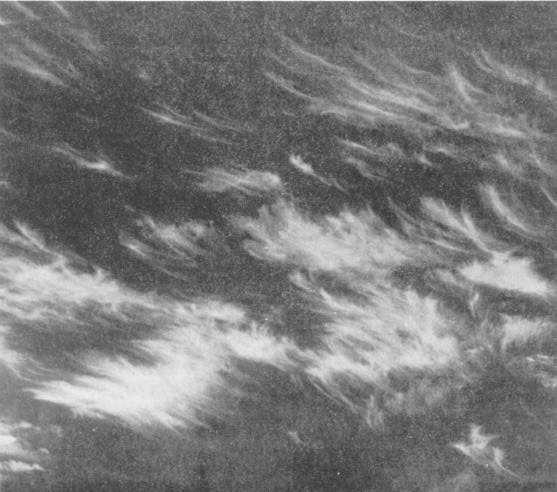Figure 1-24.—Cirrus uncinus (mare’s tails).
CIRROSTRATUS NEBULOSUS.—Cirro-
stratus nebulosus often appears as a thin veil over the
sky, without any distinguishable features. This cloud is
sometimes mistaken for haze. Haze, however, will have
a yellowish or brownish color as opposed to the milky
appearance of cirrostratus. A halo in an otherwise clear
sky indicates cirrostratus nebulosus.
CIRROSTRATUS FIBRATUS.—Occasionally
a cirrostratus layer contains fibrous filaments. When
this occurs, the entire cloud layer is classified
cirrostratus fibratus.
Cirrocumulus (CC)
Cirrocumulus clouds are very similar in appearance
to the high altocumulus clouds. The small white cells of
cirrocumulus clouds, however, cover less than 1° of the
sky, which means that they may be hidden by one finger
held at arm’s length. The small cloud elements are
usually arranged in tightly packed rows. An area of
cirrocumulus clouds (refer to figure 1-23) is frequently
described as looking like a honeycomb, a fish net, or
like the scales of a fish. The last description gave rise to
the popular name for these clouds, the mackerel sky.
CIRROCUMULUS STRATIFORMIS.—Cixro-
cumulus clouds in an extensive sheet or layer are
identified by the species cirrocumulus stratiformis.
Typically, however, the area covered by cirrocumulus
does not cover the entire sky, but only small patches of
the sky.
CIRROCUMULUS FLOCCUS.—When the
cirrocumulus elements show rounded tops and ragged
bases, often with short virga trails, the cirrocumulus
1-23

